Sunfish ID and Species List
I wanted to put together a total list of fish species I’ve caught, just to try and keep a running tab. Hopefully it will continue to grow as I fish more new waters. I think I get just as excited catching new species as I do catching truly big fish. I’m not on any kind of mission to catch a certain number of species, I just think it will be interesting to maintain and revisit the list from time to time. It should also help to serve as a place to ID a fish that you’ve caught, but have no idea what it is. Of course, I’m not a biologist, so take what I post with a grain of salt, most of my knowledge comes from experience, and the internet. In time I will add other freshwater fish from different families, then move on to saltwater, but for now here are the sunfishes.
Warning to some though, things are about to get nerdy. I’ll separate each species according to it’s taxonomy. Today I’ll start in freshwater with the sunfishes, family Centrarchidae, which has 8 genera, and 34 species native to North America. So far I’ve caught 21 of them. It helps to live in the Southeastern U.S. if you want to catch a variety of sunfish.
Where possible I’ll put up a picture and a distribution map of those that I’ve caught. Click the map for more information about that particular species. The distribution maps come from the original NatureServe Explorer or the USGS Nonindigenous Aquatic Species site. Both are pretty good resources for finding information on specific plants and animals. I did not produce these distribution maps so I can’t confirm their complete accuracy, but I do trust they are mostly accurate.
Update, June 2018: Both of Lance Coley’s articles on black bass species have gone the way of the do-do. Tim Bonvechio and Patrick Cooney have a pretty good article on black bass up on The Fisheries Blog highlighting the 9 species that the scientific community are in agreement on. Work is being done to add more and those are mentioned in the article as well, so be sure to check it out.
Update, April and August 2021: I added a few new-to-me species this year and updated range maps for species that didn’t have one or where the range map info was old and outdated
Ambloplites – Rock Bass
Ambloplites ariommus – Shadow bass


Ambloplites rupestris – Rock bass


Centrarchus – Flier
Centrarchus macropterus – Flier


Lepomis – Sunfish
Lepomis auritus – Redbreast sunfish


Lepomis cyanellus – Green sunfish
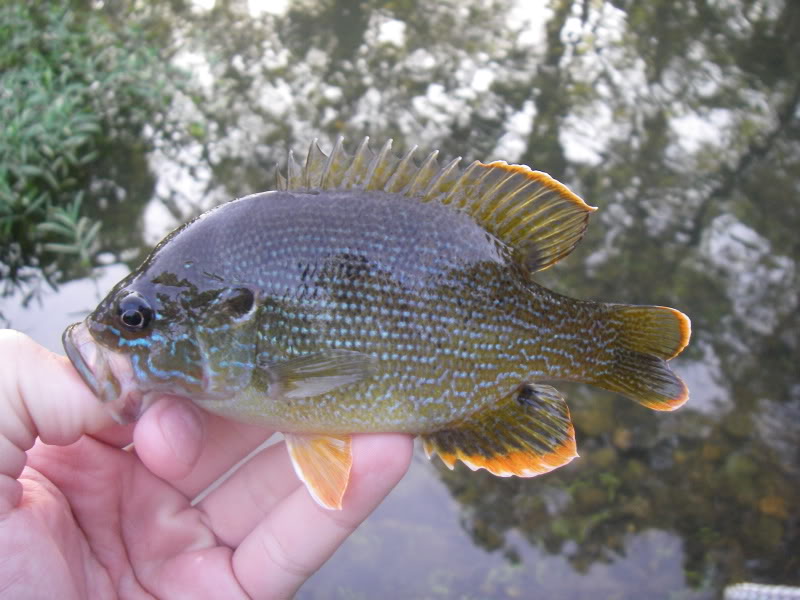

Lepomis humilis – Orangespotted Sunfish

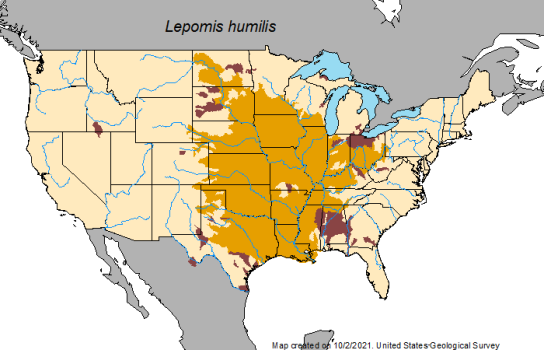
Lepomis gulosis – Warmouth


Lepomis macrochirus – Bluegill


Lepomis marginatus – Dollar sunfish


Lepomis megalotis – Longear sunfish


Lepomis microlophus – Redear sunfish


Lepomis miniatus – Redspotted sunfish


Lepomis punctatus – Spotted sunfish


Micropterus – Black Bass
Redeye Bass

Micropterus cahabae – Cahaba bass (formerly Redeye bass, from the Cahaba River drainage)

Micropterus chattahoochee – Chattahoochee bass (formerly Redeye bass, from the Chattahoochee River drainage)

Micropterus coosae – Redeye(Coosa) bass (Redeye bass from the Coosa River drainage)

Micropterus sp. cf. M. coosae – Bartram’s bass (formerly Redeye bass, from the Savannah River drainage)

Micropterus sp. cf. M. coosae – Altamaha bass (formerly Redeye bass, from the Altamaha River drainage)

Micropterus tallapoosae – Tallapoosa bass (formerly Redeye bass, from the Tallapoosa River drainage)

Micropterus warriorensis – Warrior bass (formerly Redeye bass, from the Black Warrior River drainage)
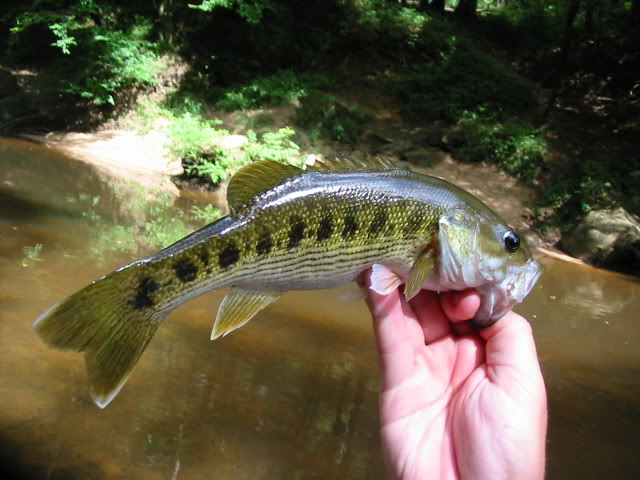
Smallmouth Bass

Micropterus dolomieu dolomieu – (Northern) Smallmouth bass

Micropterus dolomieu velox – Neosho Smallmouth bass

Micropterus sp. cf. dolomieu velox – Ouachita Smallmouth bass

Largemouth Bass

Micropterus salmoides – (Northern) Largemouth bass

The Other Black Basses

Micropterus cataractae – Shoal bass


Micropterus treculii – Guadalupe bass
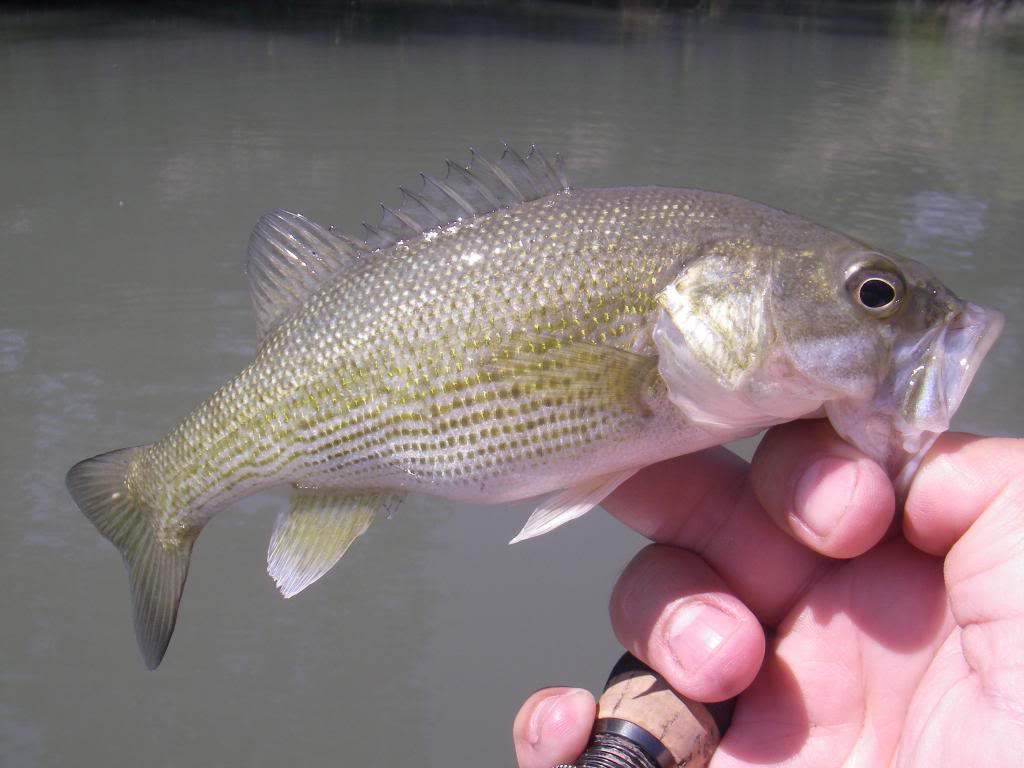

Micropterus hensalli – Alabama bass (formerly Spotted bass, of the Mobile River drainage)
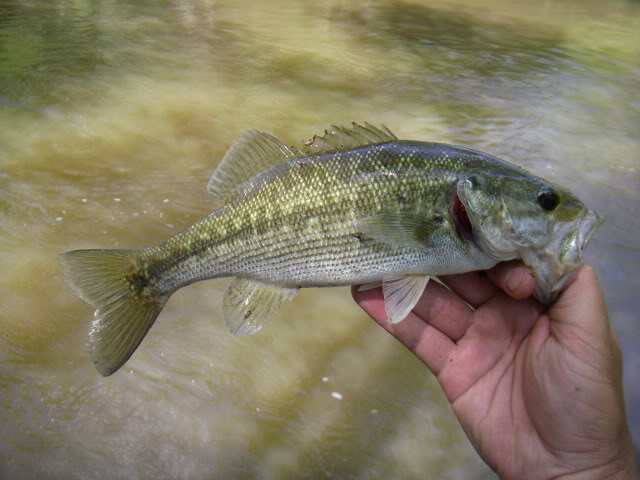

Micropterus punctulatus – Spotted bass (Kentucky)

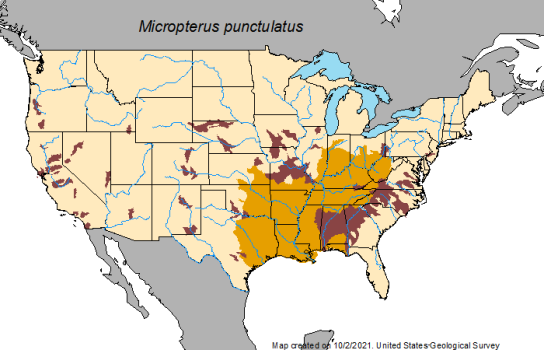
Micropterus haiaka – Choctaw bass

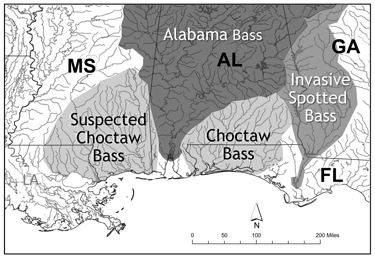
The newest member of the black bass family as discovered by biologists with the Florida Fish and Wildlife Conservation Commission. Their range falls in between the Alabama bass and the Shoal bass in Gulf draining streams on the Florida panhandle and in Alabama.
Pomoxis – Crappie
Pomoxis annularis – White crappie


Pomoxis nigromaculatus – Black crappie

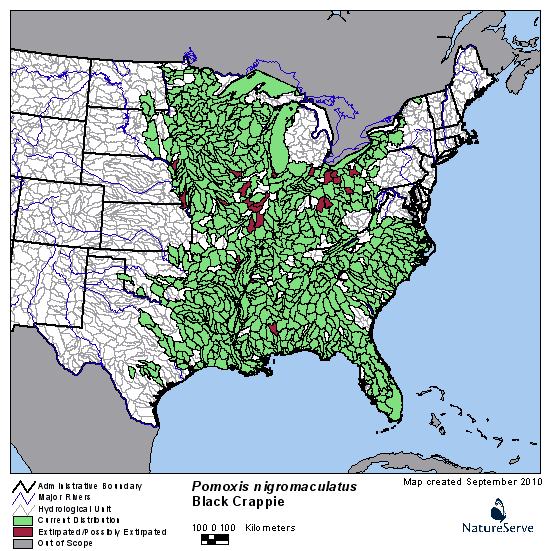
This is very cool. I am addicted on the first view.
LikeLike
I am in complete agreement with blu; great start on a fun undertaking; will continue to follow
LikeLike
so a sacalait is a black crappie?
LikeLike
Sacalait can refer to either black or white crappie.
LikeLike
Although it doesn’t show it on the map on your site, redbreast sunfish are common in many areas of Texas.
LikeLike
Take it up with NatureServe Cliff – my guess is they are showing just the native range
LikeLike
It is a very nice post. I was not knowing about some of the fishes. I am going to buy a 75 gallons aquarium soon.
LikeLike
Very informative, thanks!
LikeLike
So I live in NH and I know we have more then 1 species of perch/sunfish/ bass so I am curious as to why NH only shows 1 type of fish in are region?
LikeLike
It’s likely that fish has been introduced in your area and is outside it’s native range.
LikeLike
i have caught a lot of these fish in places that are not marked on the map
LikeLike
The maps I’ve shown are their native ranges. A lot of these fish have been introduced across the country so it’s likely you can catch them outside of their native range.
LikeLike
At first I was confused as to why many of the fish I’ve caught weren’t seen on the map. Then I read below and saw that the map represents native range. Very cool! There are some that I see on this list that I’ve never heard of before but are stunning! It’s awesome to all of the smaller species that have very small ranges, like the Warrior bass and Altamaha bass. It makes you wonder how they came to be. My current favorite of the sunfish in my area are Orange Spotted that I’ve caught in one river in Michigan. Very small but gorgeous fish.
LikeLike
Pingback: Top XX freshwater game fish - Fishing Ladies
Pingback: Crappie 101: A Basic Fish That Even Vets Can Enjoy - The Outdoors Coach
Ive caught about 14 of those species over the years.
LikeLike
Black crappie and green sunfish are native to Michigan however u did not include that in your maps they were not introduced in Michigan
LikeLike
The source for all these old range maps were provided by the original NatureServe Explorer. I used them mainly because they showed range on the county level, so it was more detailed than others I came across. They may not have been the most accurate, but I really have no control over that because I didn’t produce them. The new 2.0 version of NatureServe Explorer does include Michigan as a native state for both of those species you mentioned, but it is also less detailed showing range on the state level. You win some, you lose some.
LikeLike
Pingback: Can Freshwater Sunfish Be Fish Eaters? – BioBubblePets